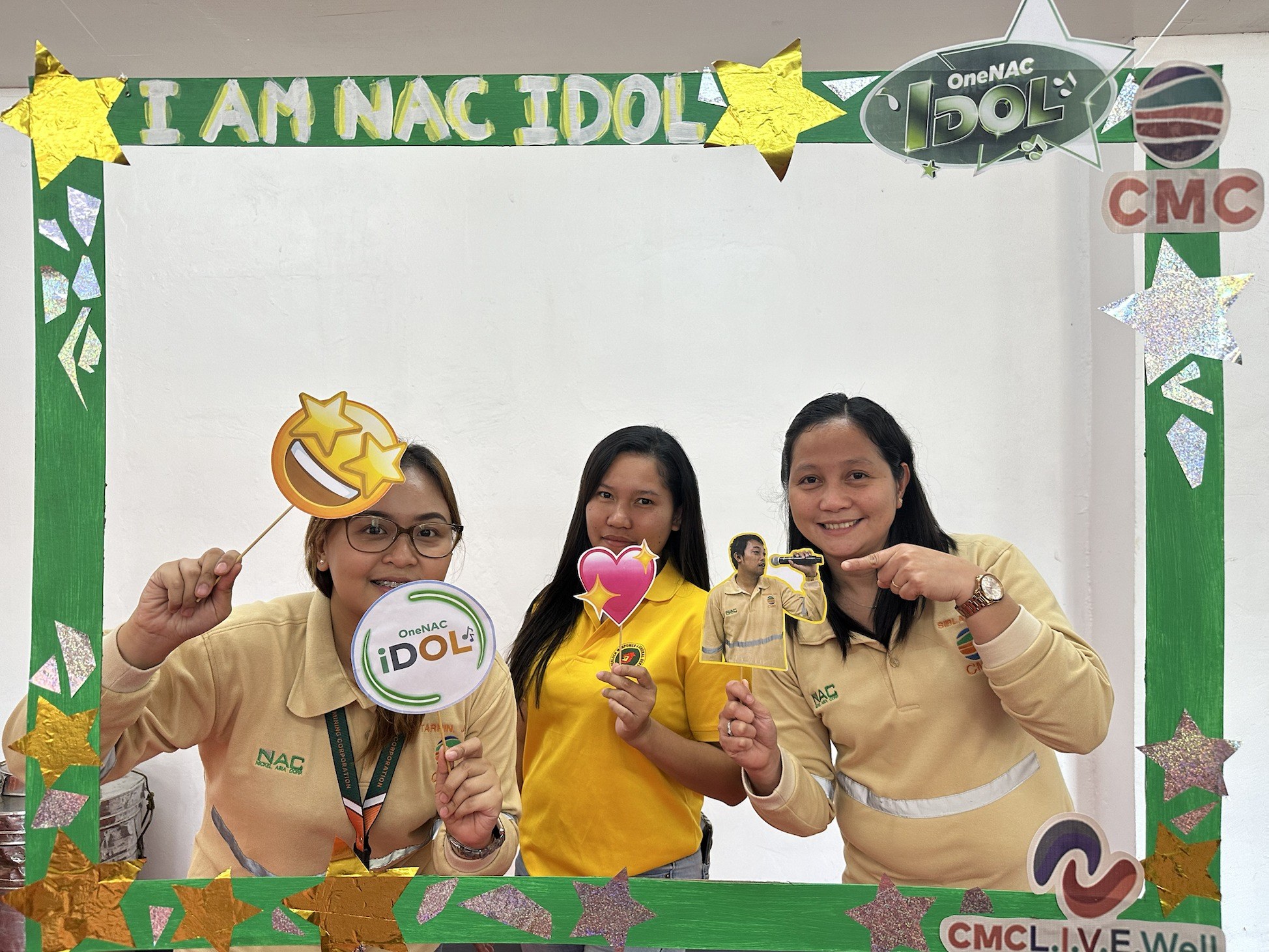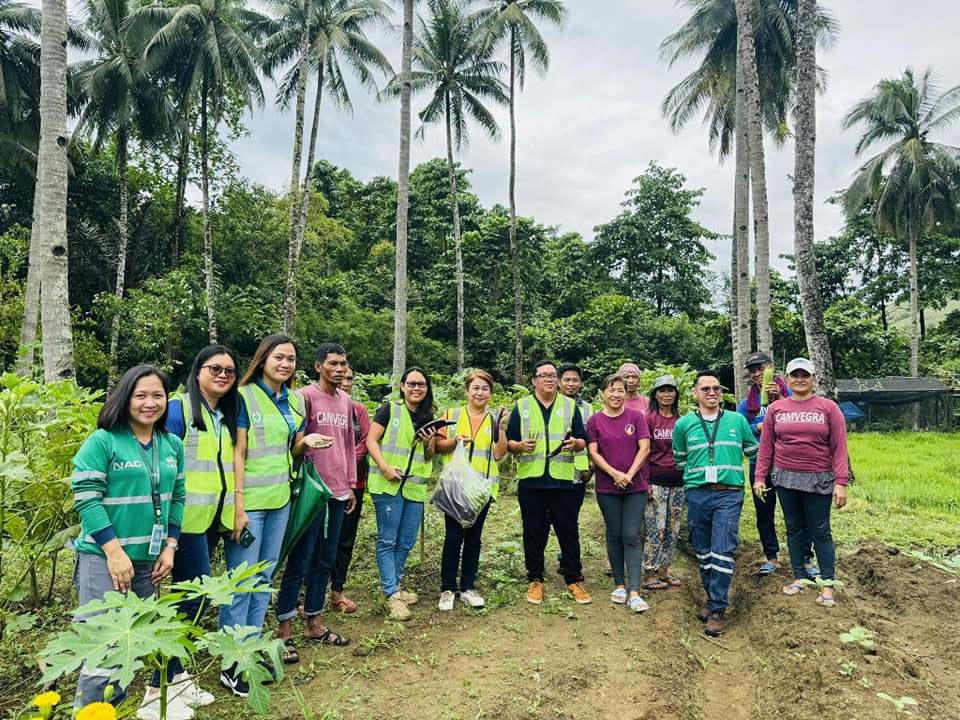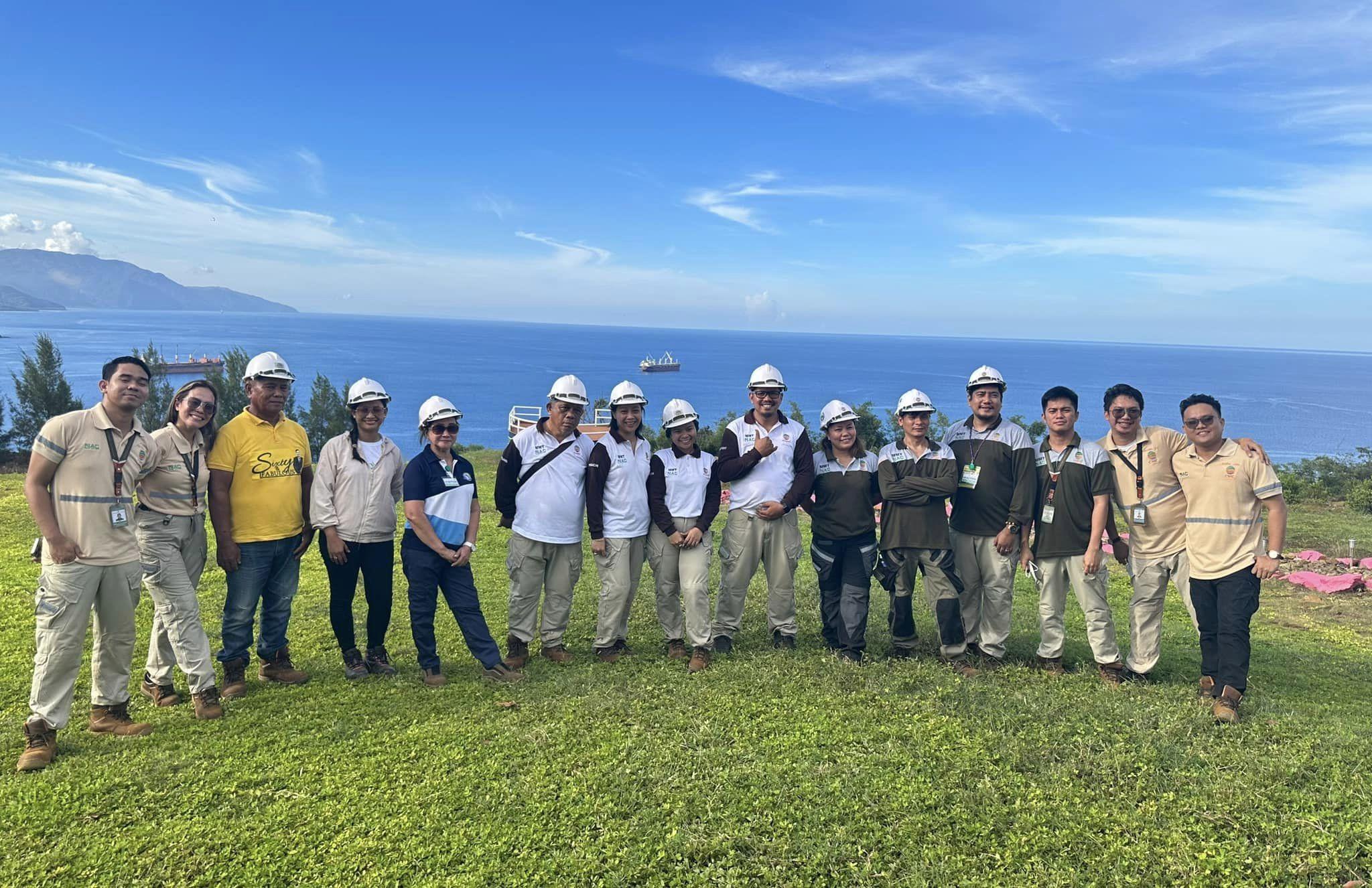“When you work for a company, treat it as your own. You have to be dedicated to your job because it provides for your family's needs.”

“When you work for a company, treat it as your own. You have to be dedicated to your job because it provides for your family's needs.”
Thus, declared Francisco (Francis) J. Arañes Jr., Resident Mine Manager of Hinatuan Mining Corporation (HMC), operating in Barangay Talavera, Tagana-An, Hinatuan Island.
Born in Larap, Jose Panganiban, Camarines Norte, Arañes was the third child and eldest son of Francisco Verdejo-Arañes Sr. and Vilma Guan-Jasareno and has three sisters and two brothers.
His father worked as a teacher and as a mine foreman while his mother was a housewife.
Born and Raised In a Mining Community
Francisco Verdejo-Arañes Sr. worked for 25 years in Philippine Iron Mines, Inc. (PIM), a subsidiary of Atlantic, Gulf and Pacific Company (AG&P) during the 70s.
The company provided a house for its employees and their families. For supervisors, the house is shared by two families; and for the rank and file, the house is shared by four families.
Since Francis' father was a mine foreman, their family shared the house with that of another mine foreman.
He recalls that the mining community in Larap, Jose Panganiban, Camarines Norte was a complete community - it had a school, a hospital, a market, social hall, sports facilities, bank and an airport. The company also had its own Police and Fire Departments in the community.
He remembers that PIM prepared activities for the whole year where the employees and their families participated.
Activities like annual basketball and tennis tournament involved the different departments of the company, and there were also social events that enhanced the culture of the locality.
Francis completed his primary education at Larap Elementary School and graduated as 5th honorable mention at Jose Panganiban National High School. Holidays during that time was alwayscelebrated at their home in the mining community.
Unfortunately after operating for 50 years, PIM ceased its operations in 1975.
Mining was not a First Choice
Arañes Jr. first choice of college course was BS Agricultural Engineering as a PNB scholar.
He was about to enroll in UP Los Baños if not for the talk between his mother and uncle during their visit at his uncle’s home in Sampaloc, Manila.
He recalls that his uncle, a Mining Engineer working with MGB-Central Office “chided my mother on why will I take up Agriculture Engineering in college?”
"He convinced my mother to let me take up Mining Engineering course. Since he was teaching at Adamson University during that time, he also convinced my mother to enroll me in Adamson University instead of UP."
Career History
Francis's first job was with Benguet Corporation-Paracale Gold Operation as a Cadet Engineer in 1989.
He did not stay long in Benguet Corp and and transferred to PENRO Camarines Norte in Daet. His PENR Officer brought Francis along after the former was promoted to Regional Director of MGB-Region V in Legazpi City in 1991.
Francis worked there for two years, but eventually transferred to a private company producing marble slabs and tiles, since the salary in the government bureaucracy during that time is very small.
After three years, he felt that his job was routinary and didn’t excite him anymore so he decided to leave.
For nine years he worked for a company that owned 50 percent of a cement company in Norzagaray, Bulacan.
He was the one in-charge of the operation of one of its subsidiaries, a contractor in that cement company.
When the company stopped its operation in 2005, he had no choice but to do consulting jobs for a year while looking for a new job.
"One of my clients, a Chinese national, offered to be my partner in a business venture and we put up a mining company in 2007," Francis narrates.
“We filed many MPSA applications and succeeded in getting one exploration permit approved for a copper-gold project in Sultan Kudarat. However, my partner became greedy and eased me out of the company. Without a job, I had to try my luck in Saudi Arabia and worked there for a year. Then, a one month job in Ghana, West Africa followed,” he said.
When he came back from abroad, he was hired by a chromite mine operation in Homonhon Island, Guian, Eastern, Samar in 2010.
From a Mining Engineer, he was promoted as a Resident Mine Manager within a year of working.
He then served as the Vice-President for Operations for two years in his five years stay in the company, handling both the Chromite Project in Homonhon and an Iron Project in Zamboanga Sibugay.
In September 2015, the company entered into an Operating Agreement with an upstart company, allegedly financed by foreigners and announced that all employees will be laid off.
That was the time that an offer from Marcventures Mining Development Corporation for Resident Mine Manager came and he accepted it.
Then on March 6, 2017, he tried his luck with Hinatuan Mining Corporation, which offered tremendous opportunities to grow as a professional and as a leader.
He recalled that the the decision to join and stay with HMC was a decision that he will never regret because he can say that in HMC, “we are a family.”
Personal Outlook
During the 80s, he recalled, many big mining companies closed shop.
“So, we have to be contented working with small companies, hoping that someday we can land a job in big companies. But, I can say that working with small companies also has an advantage. You are trained to be a multi-tasking individual,” he said.
And having joined many companies can also work to your advantage since you can pick up the best practices from them and learn lessons on bad management decisions/practices.
These best practices will become handy and useful to you when you land a stable job in the future.”
Difference of a Mining Community Then and Now
For Francis, mining communities back then created a total mining community complete with amenities in an area near their mining operation.
"The company provides everything to the workers especially housing. In the case of PIM, the mining community was established after the reclamation of the sea near the mine site using the waste materials from the three active open pits. Then, the creation of a complete mining community followed."
Aranes points out that back then, the mining operation were usually very far from areas that are populated and were inaccessible to transportation.
Nowadays, mining operations are accessible to all types of transportation and are not too distant to center of the population.
To the employees of HMC, Arañes gives this piece of advice: “Always remember that reaching your dreams will take a lot of determination, dedication, self-discipline and effort.”



